The focus of street photography is usually on the candid moment, and this can lead us to forget that there are many advantages to stopping your subjects for a portrait.
It gives you more time to set up your shot and background, it allows you to work to get your subject to open up and show themselves, and you can still capture candid feeling moments within the session.
Taking portraits on the street is one of the best ways to improve your photography and to come back with fantastic photographs. And it is a wonderful way to create connections will all types of people.
How to approach strangers
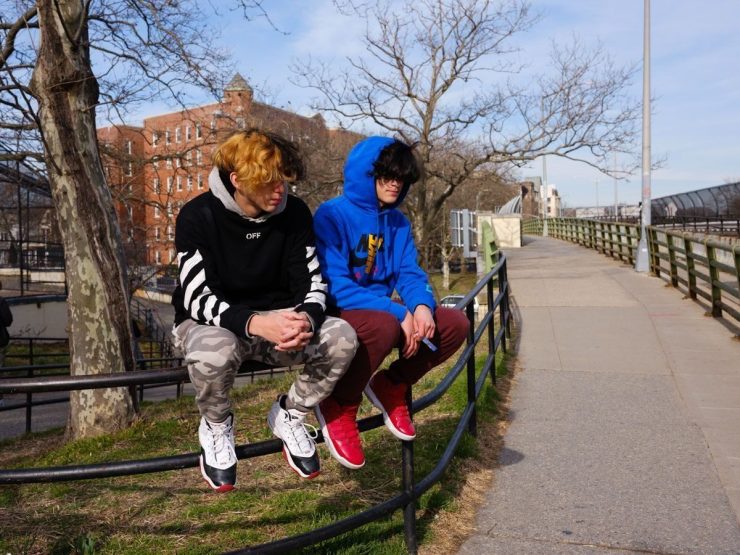
Approaching a stranger to ask for their photograph can feel daunting at first. It can feel uncomfortable, not too many people do it, and you might worry what the person will say.
Let me ease your fears that it’s almost always a pleasant situation. Most people will be flattered by you asking or at least want to understand more about why you want to take their photo.
And people who say no will usually do so nicely. These days I often feel good about myself after people say no, just because I gave it a shot.
Think about what you might say ahead of time so you’re prepared. Typically, I keep it simple, just saying, “Hey would you mind if I take your photo?” This is usually enough for someone to say yes, but if necessary and they want to learn more, I’ll go further and say, “I’m a photographer just doing a project on the area and the people in it, and I thought you’d make a great subject.”
Over time you’ll get more comfortable in how you talk to your subjects and because of that, they will become more comfortable and say yes more often.
The key is just to go out there and give it a shot. After your third or fourth portrait, you will find yourself becoming much more comfortable — particularly as more people say yes. It’s a quick learning curve.
Pick a focal length
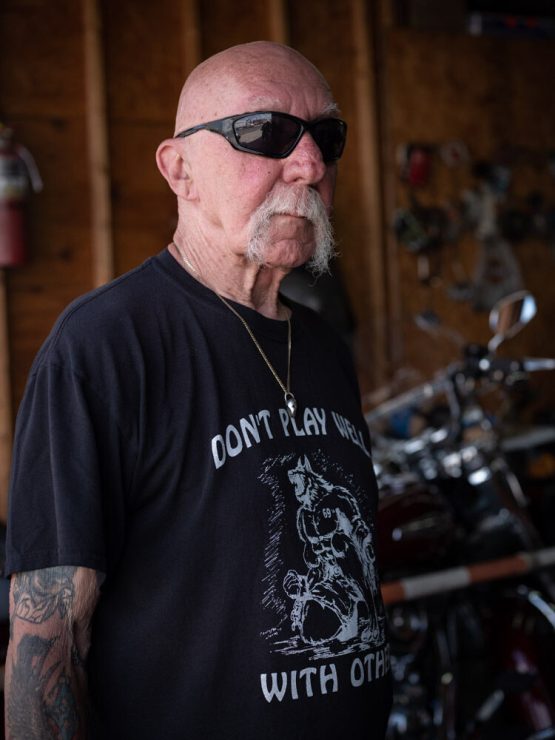
I believe the best street photography lenses are 35mm and 50mm primes. It’s all I use, and I mostly choose a 50mm focal length for street portraits.
The reason for this is the versatility of the view. 50mm is telephoto enough to get close and frame your subjects when needed, but also wide enough where you can take a step back and capture the background.
While I use 35mm sometimes and it works great for portraits where you want to show a lot of background, it can be lacking when you need a closeup. And while an 85mm lens is fantastic for tight portraits, it will give you trouble when you want to include more of the background. 50mm hits that sweet spot.
Choose the right background
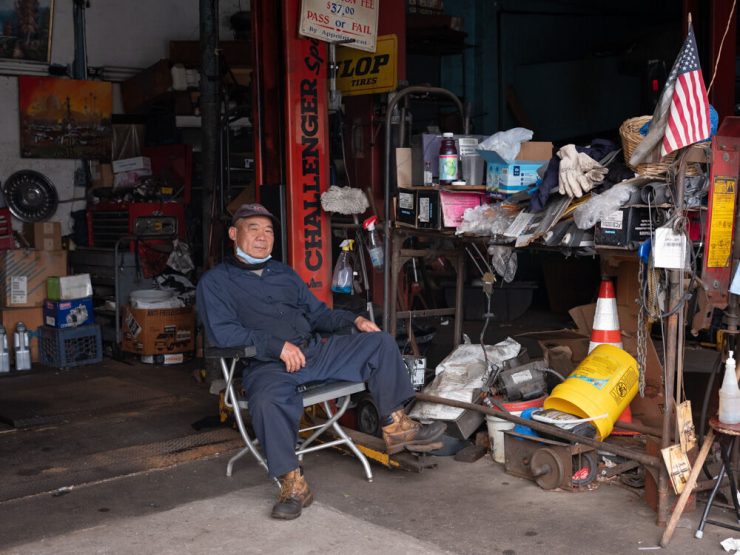
The first thing you should think about when doing a street portrait is the background. There will be situations where your subject will already be in the perfect position and you’ll just want to take the photo right away, but other times you’ll want to ask them to move a bit to have a good background.
Look around to see where the lighting might be best if there’s an interesting scene behind them, and think about whether you want to show much background or just create a tight shot.
I’ll sometimes try stepping back and first getting a wider view and then getting closer and capturing a tighter crop. It can’t hurt to give yourself options and sometimes starting a little further back and then getting closer will be more comfortable for your subjects.
Find that special quality and emotion
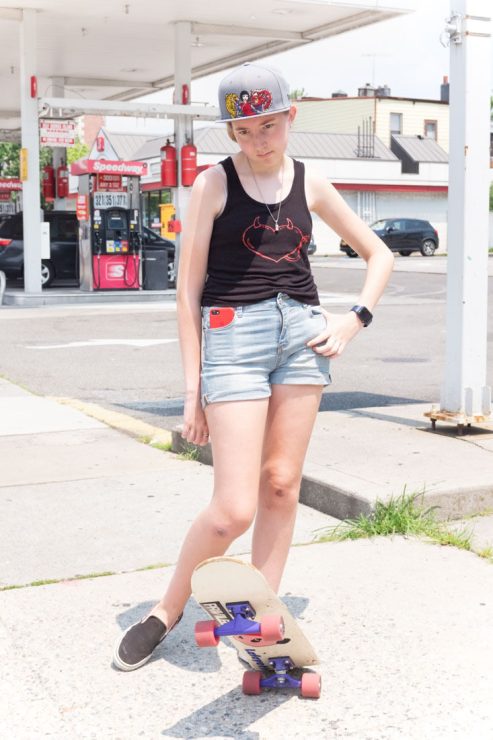
Who you pick as your subjects will be the most important decision in the success of your photos. Look for people that have a special quality to them.
And by special quality, I mean the ability to open up and show emotion in the photo. You want to find people who wear their emotions on their sleeve, so to speak.
Don’t just look for the flashiest people. Capture everyday, ordinary people as well as they will often make for the most interesting subjects. It’s more about the person themselves than how they dress.
Look at their eyes, the expressions on their faces, the poses in their body. The more natural and expressive the person can be, the better the portrait will be.
How to make your subject comfortable and natural
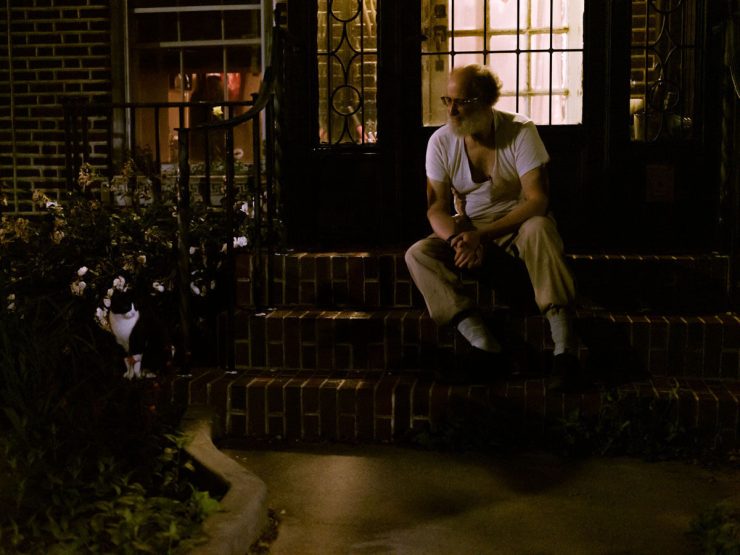
The goal when possible is to get your subjects to open up to you. Sometimes the subject will be great right away and you won’t have to do or say much, but other times it will be important to work with them a bit.
Often I tell my subjects that I just want them to look natural. I want them to stand or sit comfortably almost as if I wasn’t there. This gives them the chance to relax a bit and to realize they don’t have to ham it up for the camera.
I’ll often start a conversation as well when the situation warrants it. I might ask simple questions, such as where are you from, I like your outfit, what do you like to do for fun. Or you can get deeper if the person seems receptive. You can tell the person that you’re looking for interesting stories to go along with the portrait.
You can even ask a question like what’s the toughest thing on your mind right now? This will not only give them a chance to open up and talk (people like to talk about themselves usually), but the emotions that go with it will be very interesting.
Be delicate when capturing your subject while in conversation. I’ll wait for the right moments to bring up my camera and then take a break to talk to them. I want it to feel like more of an interesting conversation than a portrait session. And sometimes when they give a good expression or pose, I’ll ask the subject to stop and hold it while I take a photo.
Slow down
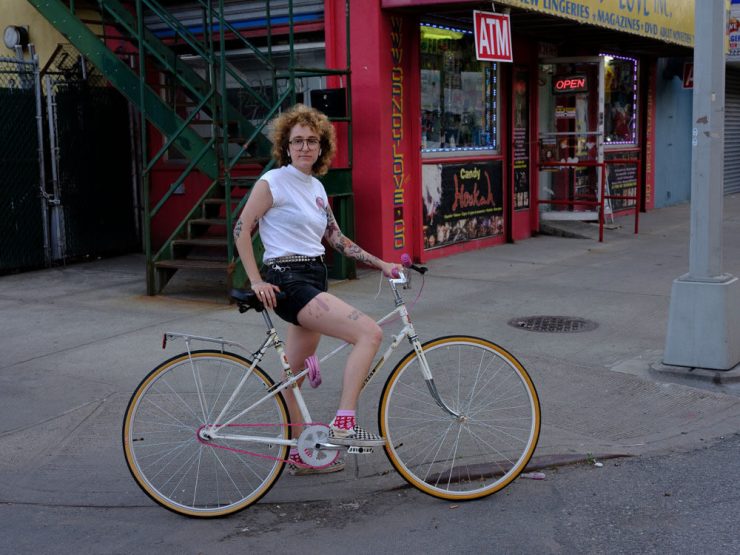
It’s common when doing street portraits to get nervous, to think you’re inconveniencing your subject, and just to go too fast.
Take your time – think of this as a fun and special experience for both of you. You’re making their day as well. It’ll be obvious if they need to leave quickly, but don’t assume that right away.
Take a deep breath, set your camera, think about the background and how you want them to look, and talk to them. Don’t try to run away at the first chance.
If you’ve taken the time to stop them and they were kind enough to say yes, you owe it to them to do your best to take a great photo.
Street portraits are a wonderful way to connect with your community. And if you run a portrait and headshot business like I do, it’s also a fantastic way to both practice your skills and to build your portfolio.
The quick, on-the-fly decisions you make will make you much quicker on your feet in more formal studio situations where you have more time.
Tell your story with the second annual Visual Storytelling Conference!
Experience four days of interactive, online training sessions featuring a range of educational content with experienced photographers and content creators. This free event kicks off with a series of technical boot camps to build essential skills, followed by live, online sessions on photography, video, business and social media. Join live from March 10-13, 2022!
